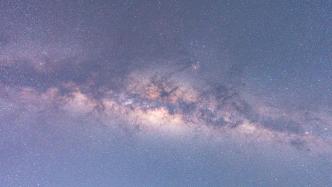
The reporter learned today that the State Administration for Market Regulation recently took the lead in the world to approve the establishment of a new national metrology benchmark for microwave brightness temperature. This metrology benchmark will help solve the long-term problem of the inability to directly trace and calibrate microwave brightness temperature parameters in fields such as radio astronomy and planetary exploration.
Any object in the universe with a temperature above absolute zero will release microwave energy. Microwave brightness temperature is a quantitative representation of the intensity of microwave radiation from an object. The accuracy of microwave brightness temperature determines the accuracy of the inversion of multiple physical and chemical parameters of scenes such as the atmosphere, ocean, land, and cosmic background:
In the field of meteorology, weather forecasting is done by monitoring the atmospheric related microwave brightness temperature;
In agriculture, soil microwave temperature is used to determine humidity and guide irrigation;
In the aerospace field, satellites detect the microwave brightness temperature of planets to infer surface composition and geological activities;
During disaster prevention and mitigation, hidden dangers such as landslides and collapses can be detected by observing the microwave brightness temperature of the target object.
The metrology benchmark operates in a vacuum environment ranging from -180℃ to room temperature. It is equipped with an ultra-wideband, high-emissivity radiator with precise temperature control, and can generate weak radiation signals of 10-12 watts, equivalent to one-third of the radiation intensity of the human body. This weak signal is accurately captured by the radiometer with an error of only 0.3% , just like accurately capturing the faint starlight a few light years away from the noisy cosmic background noise. It can accurately reproduce the microwave energy radiated by natural objects in the land, atmosphere, ocean and other environments, and the measurement accuracy has reached the international leading level.